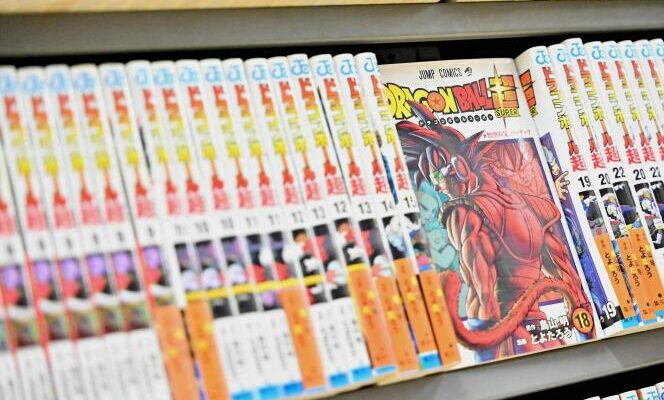Swe Goku is an orphan. Akira Toriyama, the creator of the hero of Dragon Ball, one of the most famous mangas in history, selling 260 million copies worldwide, died at the age of 68. His death on 1er March, was only announced a week later by his family. “Angoulême Special Prize in 2013, Knight of the Order of Arts and Letters in France in 2019, the most rural of mangakas will remain as a pillar of global popular culture”, summarizes William Audureau in the obituary devoted to him The world. The manga loses one of the major figures who allowed it to spread well beyond the borders of Japan.
In the columns of World, the word “manga” first appears in a cryptic way, on March 9, 1980, in an article by Jacques Siclier on Mondocartoon, an anthology of world cartoons. Within a list of Bulgarian, American and Franco-Polish films, the journalist mentions “the fast, cruel, hard-hitting gags of the Japanese Yoji Kuri (Manga, which could be a series of comic strips of three or four images)”. Without telling readers what it’s about.
It was not until July 8, 1985, in an article with the Tintinesque title, “A thousand millions of a thousand mangas”, that Roland-Pierre Paringaux, correspondent in Tokyo, distinguished a real “tidal wave of paper”. “Manga?” They are not fruits and cannot be eaten, they are leaves that we devour, he considers it useful to clarify. Sheets decorated with black drawings (no color here) whose equivalents are – all things considered – comics in English and BD in French. »
From moral tale to soft porn
The average manga “consists of 300 to 600 pages”, quickly read, explains the journalist, who juggles with figures to illustrate the Japanese phenomenon: “3,000 screenwriters and cartoonists”, “tens of millions of readers” and one “massive craze which has increased circulation here from 40 million in 1965 to more than 1,000 million today”. That’s a quarter of the books sold in Japan each year.
“It’s the fast food of so-called entertainment literature, believes the correspondent. There is something for all tastes, all ages, all genres: dark series and pink pages, soft porn, humor and science fiction, sport and romance, samurai and college students, robots and moral tales. »
A passion, he notes however, which “irritates the pre-war generation” : “It would distract from study and “real literature”. Parent associations are fighting against the epidemic. A book titled Manga: The Ruin of Japanese Brains sounded the alarm. But what do its few thousand copies weigh against the manga tide? »
You have 61.58% of this article left to read. The rest is reserved for subscribers.
